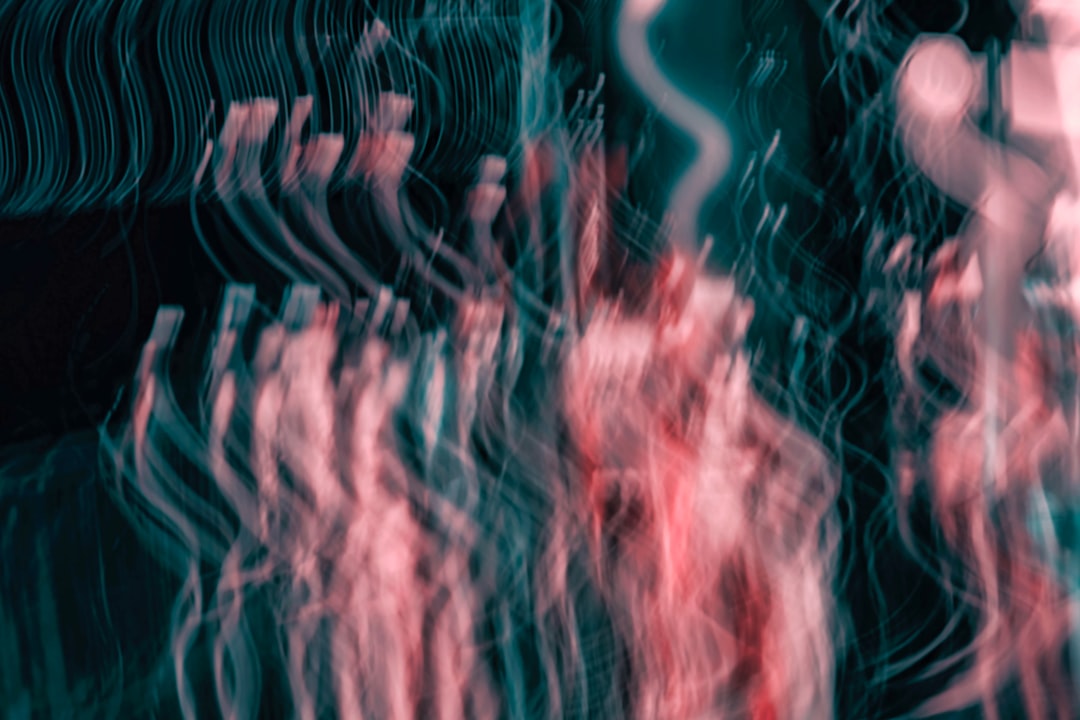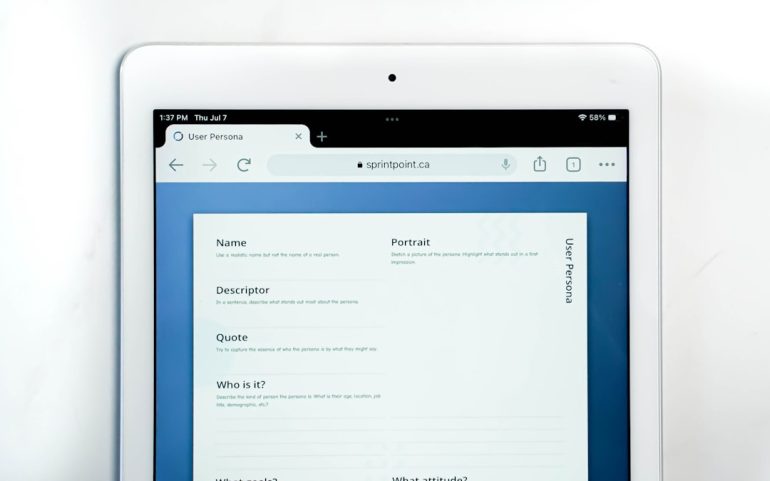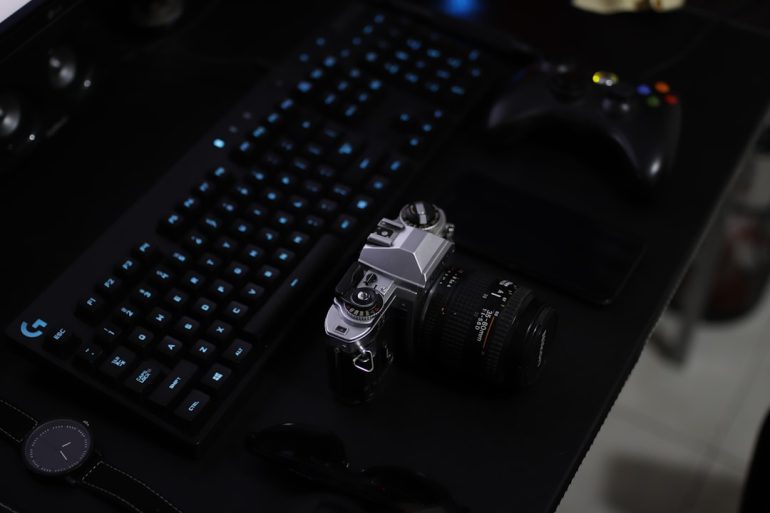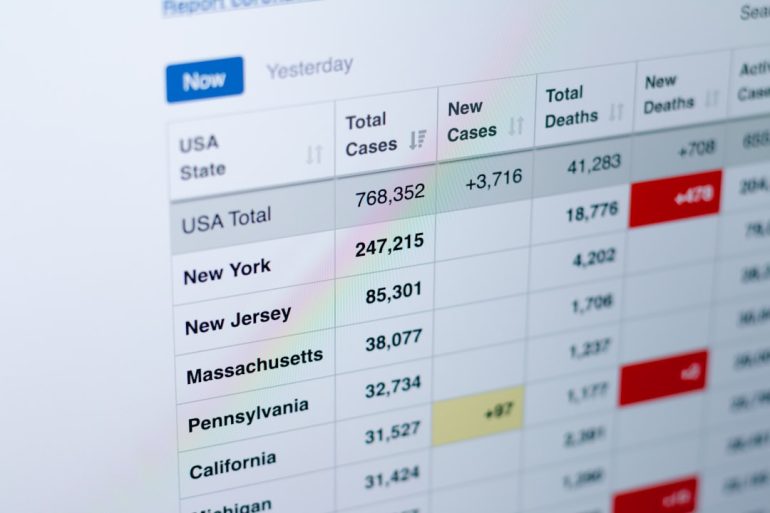Google Photos Can Turn Your Pics Into Videos Through the Horrors of AI
Google Photos has long been more than just a digital storage locker for your snapshots. With the rise of machine learning and artificial intelligence (AI), the platform now offers features that feel straight out of a sci-fi film. Among the most compelling — and sometimes eerily uncanny — is the tool that transforms your photos into immersive video montages. As convenient and magical as it sounds, this feature also invites a closer look at how AI interprets your memories, often to strange or even unsettling results.
The Magic Behind the Curtain
At first glance, the feature seems like a blessing for those who never get around to editing their vacation pictures or baby albums. Simply uploading a series of images to Google Photos can, without input or direction, result in a polished highlight reel. The app automatically:
- Selects key frames from your albums
- Applies smooth transitions and panning effects (also known as the Ken Burns effect)
- Adds background music — sometimes mood-matching, sometimes hilariously off-base
- Exports the video in a shareable format
Seamless and fast, yes. But it also begs the question — what criteria does the AI use to decide what matters in your life?

When AI Gets It Wrong
While the promise of AI-generated video memories sounds delightful, execution can sometimes be hit-or-miss. Many users have reported bizarre or even disturbing montages, where Google’s AI misinterprets photo content or combines unrelated moments into unsettling sequences.
Imagine a video that starts with a smiling birthday picture, transitions into a funeral photo, and ends with a random plate of nachos — all to an upbeat soundtrack. It’s moments like these that show just how far AI has to go in grasping human nuance and emotion.
Here are some common issues users encounter:
- Confusing subjects: AI might focus on superfluous background objects instead of the people.
- Out-of-context juxtaposition: Emotional events are often disjointed or paired nonsensically.
- Facial recognition errors: The same person might appear multiple times as “different characters.”

The Dark Side of Sentimentality
Google Photos isn’t just using metadata to craft these video memories — it’s using powerful algorithms that analyze facial expressions, scenery changes, and even colors and lighting conditions to determine emotional weight. While that may sound impressive, it also opens up a set of darker considerations:
- Privacy concerns: To do all this, Google must constantly scan and interpret every image you upload.
- Emotional tone-deafness: AI lacks the empathy to understand complex emotions and thus can misfire in serious or sensitive contexts.
- Revisionist memory: By selectively curating content, these AI-generated videos can distort your recollection of actual events.
As tech author and digital anthropologist Dr. Kate Benson puts it, “We risk allowing algorithms to become the curators of our emotional narratives, removing context and human subtlety from the equation.”
Tips for Taking Control
If you choose to engage with this feature, here are a few tips to ensure a less disturbing outcome:
- Manually select the images you want the AI to stitch together.
- Use albums to provide context for the algorithm to follow.
- Preview and edit the video before sharing it with friends and family.
- Turn off face grouping in your Google Photos settings if recognition feels too invasive.

Final Thoughts
There’s no denying that Google Photos’ AI-powered video features are a technological marvel. They offer a time-saving way to relive cherished moments — or at least attempt to. But as with most powerful tech tools, they’re a double-edged sword. While you can enjoy the occasional surprise video celebrating your dog’s birthday or a sunset-laden beach trip, don’t be surprised if the AI also creates something that feels a little more like a dream turned nightmare.
In an era where machines are getting better at mimicking human creativity, the quirks that arise in automated storytelling remind us just how complex our emotional landscapes truly are — and how far AI still has to go before it can walk through our memories with empathy and understanding.







